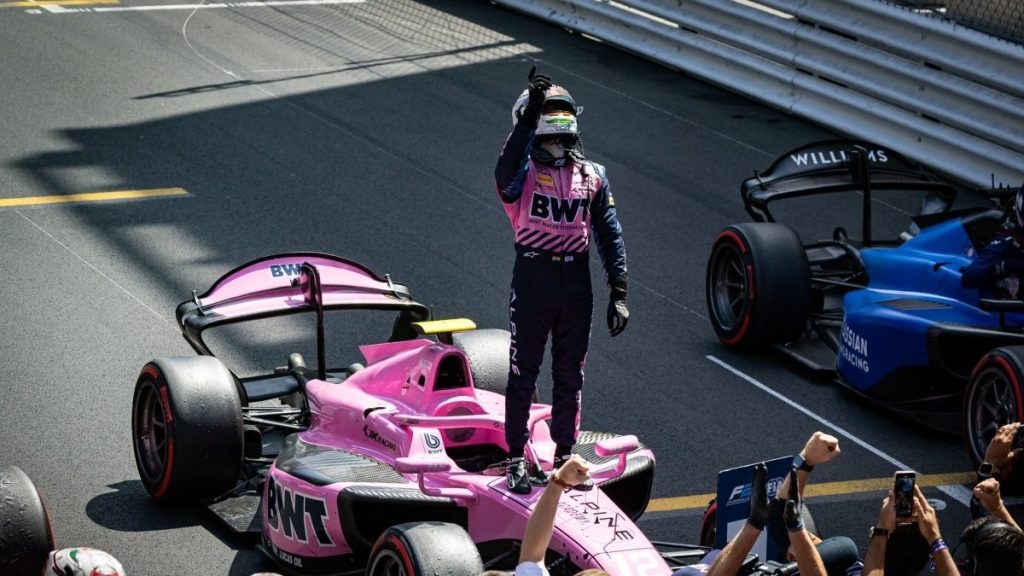Kush Maini makes history with Monaco Grand Prix win: Understanding the differences between Formula 2 and Formula 1
read more
Kush Maini etched his name in history by securing a stunning triumph in the Formula 2 Sprint Race during the Monaco Grand Prix. The 24-year-old nabbed victory after starting from pole position, becoming the first Indian driver to celebrate a win at the famed street circuit in Monte Carlo along the beautiful French Riviera.
This accomplishment marked a significant milestone for Indian motorsport, with Maini celebrating atop the podium as the
national anthem echoed in the background at Circuit de Monaco, where notable figures like business mogul Gautam Singhania were also present.
Driving for DAMS Lucas Oil, Maini dominated the challenging 30-lap reverse-grid sprint race, clocking in at 44:57.639. He crossed the finish line 3.705 seconds ahead of Gabriele Mini of Prema Racing and 7.299 seconds before Luke Browning of Hitech TGR.
“P1 and first Indian to win at Monaco. It’s an incredible honor and a dream fulfilled, really. We keep believing,” Maini expressed after garnering his second Formula 2 victory, having previously won the Feature Race in Jeddah last year.
This victory comes just two months after he
joined Alpine as their reserve driver for the current Formula 1 season. While his success in Monaco definitely inspires Indian motorsport enthusiasts, Maini still has challenges ahead before achieving his goal of competing in Formula 1, where only Narain Karthikeyan and Karun Chandhok have raced so far.
Key Differences Between Formula 2 and Formula 1
Formula 1, regarded as the pinnacle of motorsport, represents the highest level of open-wheel, single-seater racing; comparisons between F2 and F1 are similar to juxtaposing the Championship with the Premier League in English football.
In the world of racing, teams in F1 create their own cars, while in F2, all vehicles share the same chassis from Italian manufacturer Dallara and gearbox from Hewland. Additionally, F1 cars are heavier, averaging 798kg compared to F2 cars at 755kg.
Notably, the power of F1 engines is considerably greater, generating about 1,000 horsepower versus the 620 horsepower limit for F2 engines, facilitating higher speeds—F1 cars can reach up to 230mph (370 kmph), while F2 cars max out at 200mph (321 kmph).
Differences in Race Format and Points Allocation
The structure of the two racing categories also contrasts significantly. An F1 race includes three practice sessions followed by qualifying and the main event on Sunday, with some events having a sprint qualifying session altering the weekend’s format.
In contrast, F2 weekends start with a traditional qualifying session leading to a Feature Race on Sunday. The Sprint Race on Saturday is a standalone event with a reverse grid for the first ten positions. While F1 races are generally longer, the point distribution is similar for the top ten drivers, with F1 awarding a bonus point for the fastest lap in the top 10 and eight points for the sprint winner.
F2 grants a point for the fastest lap in both the Feature and Sprint races, provided the driver finishes in the top 10. The sprint race winner receives 10 points, with the runner-up earning 8 and third place getting 6.



